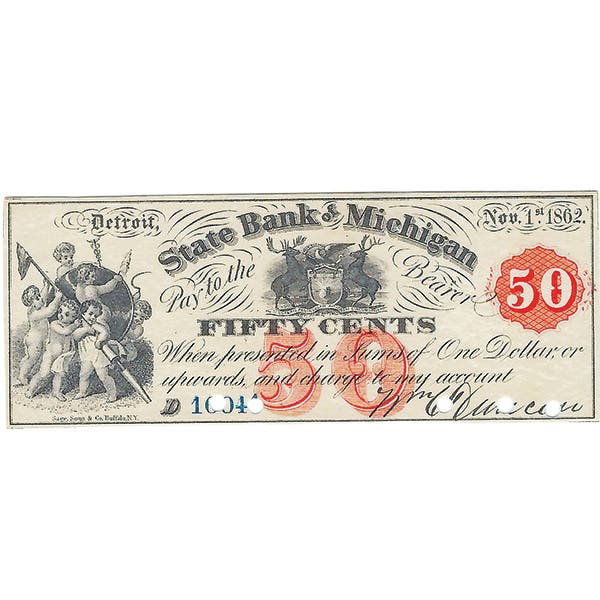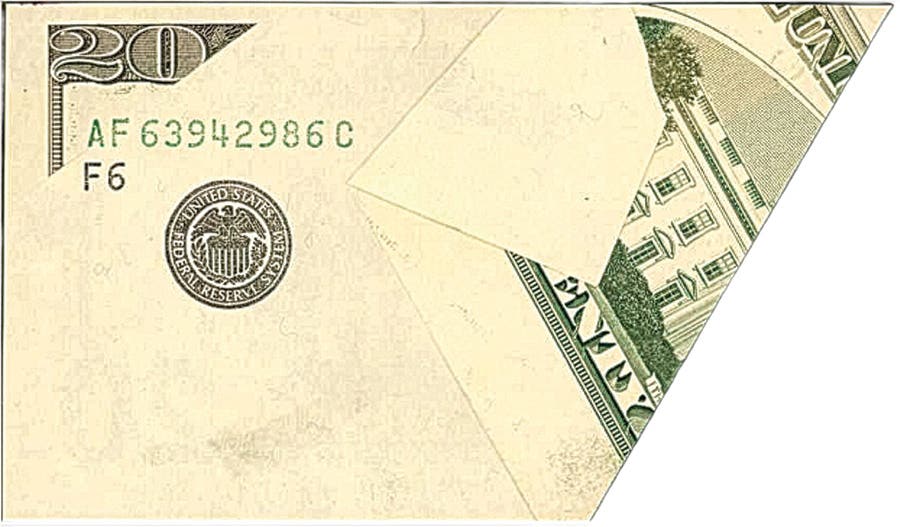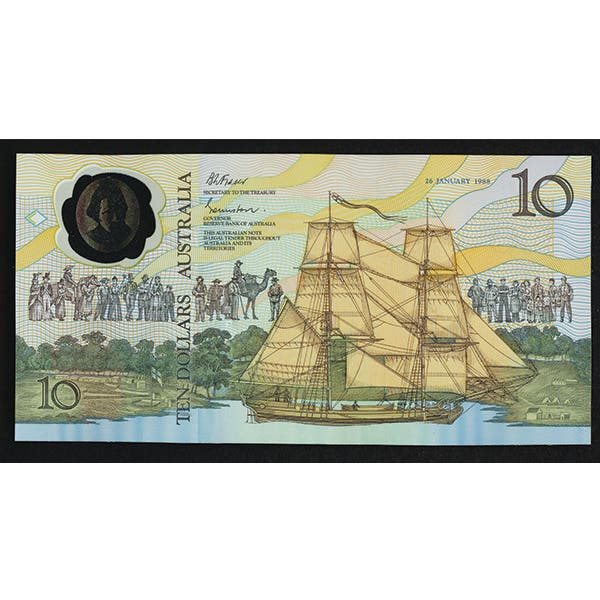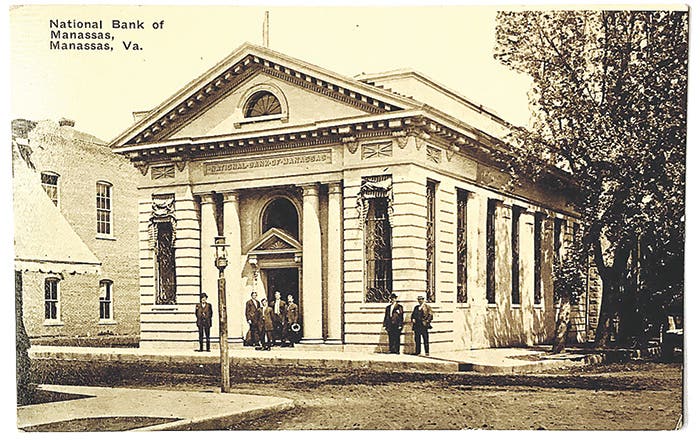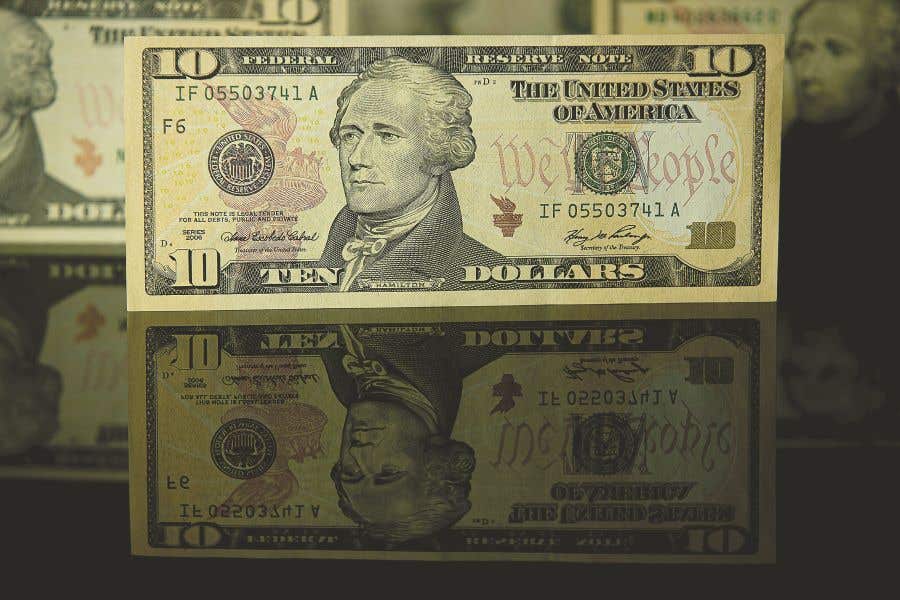Tiny Circulation of Dongola, Ill.
As many readers have learned from previous articles, this is the type of bank that I like, a $6,250 large-only issuer with a tiny circulation from a one-bank town.
This is going to be a shorter article this month, not because I don’t feel like writing, but because this month’s article is about a very small town of which there is precious little background information. But I like to present interesting notes on obscure small towns, so I didn’t want to pass this one up. So, let us visit the very southwestern part of Illinois and the tiny town of Dongola.
Dongola is a very small town in Union County, Illinois. Though conveniently accessible by Interstate 57, which stretches north-south from Chicago down into Kentucky, Dongola is pretty much in the middle of nowhere. It is 25 miles north of Cairo, Ill., and 25 miles east of Cape Girardeau, Mo. The population was just 620 as of the 2020 census.
The construction of the Illinois Central Railroad (IC) began with land grants in 1850. Abraham Lincoln was a lawyer for the railroad at the time and helped lobby for its charter in 1851. Dongola was laid out in 1857 as a stop along the Illinois Central Railroad. A post office originally known as “Unionville” had been established in 1855, but the name was changed to “Dongola,” after Dongola, Sudan.
There are many areas in southern Illinois with “Egyptian” names; the legends say it’s because the rich land along the Mississippi River reminded many of the Nile River delta, and the Native American mounds at Cahokia were reminiscent of the Great Pyramids of Egypt. Other locations in southern Illinois were named in a similar fashion: Karnak, Cairo, and Thebes. The Southern Illinois University mascot, the Salukis, is a breed of hunting greyhound that dates back to 6000 B.C. They were considered sacred and royal by the Egyptians.
The strategic location of the IC railroad played a pivotal role in the village’s growth, turning it into a hub for commerce and transportation that persisted into the mid-1960s. The construction of Interstate Highway 57 changed village life forever, as trucking and logistics replaced reliance on the railroad. The iconic railroad depot, formerly a social hub of daily deliveries and news, was removed by the railroad company in the early 1970s. Dongola Lake, with its picturesque blue waters surrounded by sloping green hills of about fifty-eight acres, was created by a small dam along Little Creek. The lake lies to the west of Dongola, and bass and catfish are plentiful and restocked annually.
Photographic views of Dongola from the turn of the 20th Century show a small but bustling town with many buildings lining both sides of its main street, which fronted the railroad tracks.
By 1911, the town had grown enough to warrant a national bank, and accordingly, the First National Bank of Dongola, charter #10086, was chartered in that year. The first officers were James H. Morris, president, and R.A. Anderson, cashier. The First National Bank of Dongola was an extremely small bank – at no time was its circulation more than $6,250, the smallest possible under the Gold Standard Act of 1900, and it issued currency in the most miserly fashion. In its 21 years of operations, from 1911 until it liquidated in 1933, the bank issued just 1,723 sheets of Series of 1902 $10 notes in Date Back and Plain Back variants. This amounted to a minuscule total issue of just under $69,000 in 21 years. It is worth noting that even though it had the opportunity, the bank did not issue any Series of 1929 Small Size notes. Breaking these numbers down, the bank put only $275 out on the street each month. A mere $520 was outstanding when the bank closed in 1933.
As many of you have learned from previous articles, this is the type of bank that I like, a $6,250 large-only issuer with a tiny circulation from a one-bank town. Recently, I was able to obtain an attractive note from Dongola, which, of course, was the impetus for this article. It has lovely turquoise pen signatures of R.A. Anderson, cashier, and G.W. Coughanown, vice president. Surprisingly, five notes are reported from here, with mine bearing the lowest serial number.
Dongola today clings to life as a typical time-forgotten small town. The railroad tracks still bisect the town into north and south Front Streets, but the once busy street is now pretty much empty. There are quite a few operating businesses, including a grocery store, an antique shop, a modern bank, and some small fabrication plants.
I was fortunate to locate a photo of the old First National Bank circ 1920, at the tail right end of a business block on North Front Street. That building still stands but is abandoned. I have included a couple of photos of it, including an arrow pointing out the bank. I have also included a period photo of South Front Street circa 1915 taken from the hill above North Front Street. The back of the business block housing the bank is in the foreground, marked with an arrow. On South Front Street, an old mercantile building marked with an arrow still stands today, and I have included a photo of that building as it currently appears.
The photos clearly show that the old business block that once housed the First National Bank has long been derelict. The fact that the bank itself occupied more or less a storefront in a larger business block is evidence of how small the bank really was. National banks are usually free-standing, often rather impressive structures, even in small towns.
Readers may address questions or comments about this article or national bank notes in general to Mark Hotz directly by email at markbhotz@gmail.com.
You may also like:





